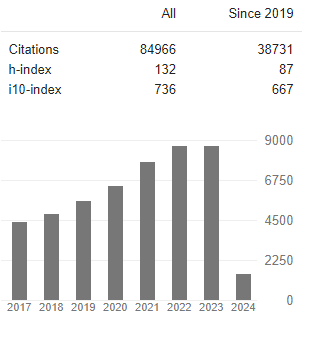PEAR1 Genetic Variants in Essential Thrombocythemia: The Prevalence and Association with Hematological Parameters and ET Mutations
Abstract
Mohsen Maleknia, Mohammad Taha Jalali, Gholam Abbas Kaydani, Ahmad Ahmadzadeh, Najmaldin Saki
Objective: Essential thrombocythemia (ET) is a type of myeloproliferative neoplasm characterized by the expansion of the megakaryocytic/platelet line. Given the undeniable role of genetic variations in the pathogenesis of ET, as well as the proven effects of PEAR1 SNPs on platelet function, the innovative purpose of this study is to investigate the prevalence of PEAR1 variants (rs12041331 and rs12566888)and their relationship to hematological parameters and ET-related mutations.
Materials and Methods: We studied 105 ET patients and analyzed ET patients’ mutational profiles, including JAK2 V617F mutation (detected by Allele-specific PCR), CALR, and MPL mutations (both through PCR amplification). Two SNPs of the PEAR1 gene were assessed through ARMS-PCR, and the Sanger method was used for the validation of ARMS-PCR amplification.
Results: The prevalence of rs12041331 and rs12566888 in ET patients were 43.9% and 38.5%, respectively, and rs12041331 was significantly associated with increased platelet counts (P-Value: 0.02). As expected, the incidence of thrombotic events in JAK2+ patients was high and significantly associated with JAK2 mutation (P-Value: 0.02). The prevalence of thrombotic events was also high in patients with the rs12041331 variant. Besides, a significant relationship was also found between the rs12041331 and CALR mutation (P-Value: 0.03).
Conclusions: In recent years, the footprint of the PEAR1 variant’s effect on platelet aggregation led to evaluating these variants in ET patients. Finally, the significant relationship between the rs12041331 variant and increased platelet count and CALR mutation announced that the idea of this study could be pursued and challenged in the future.




